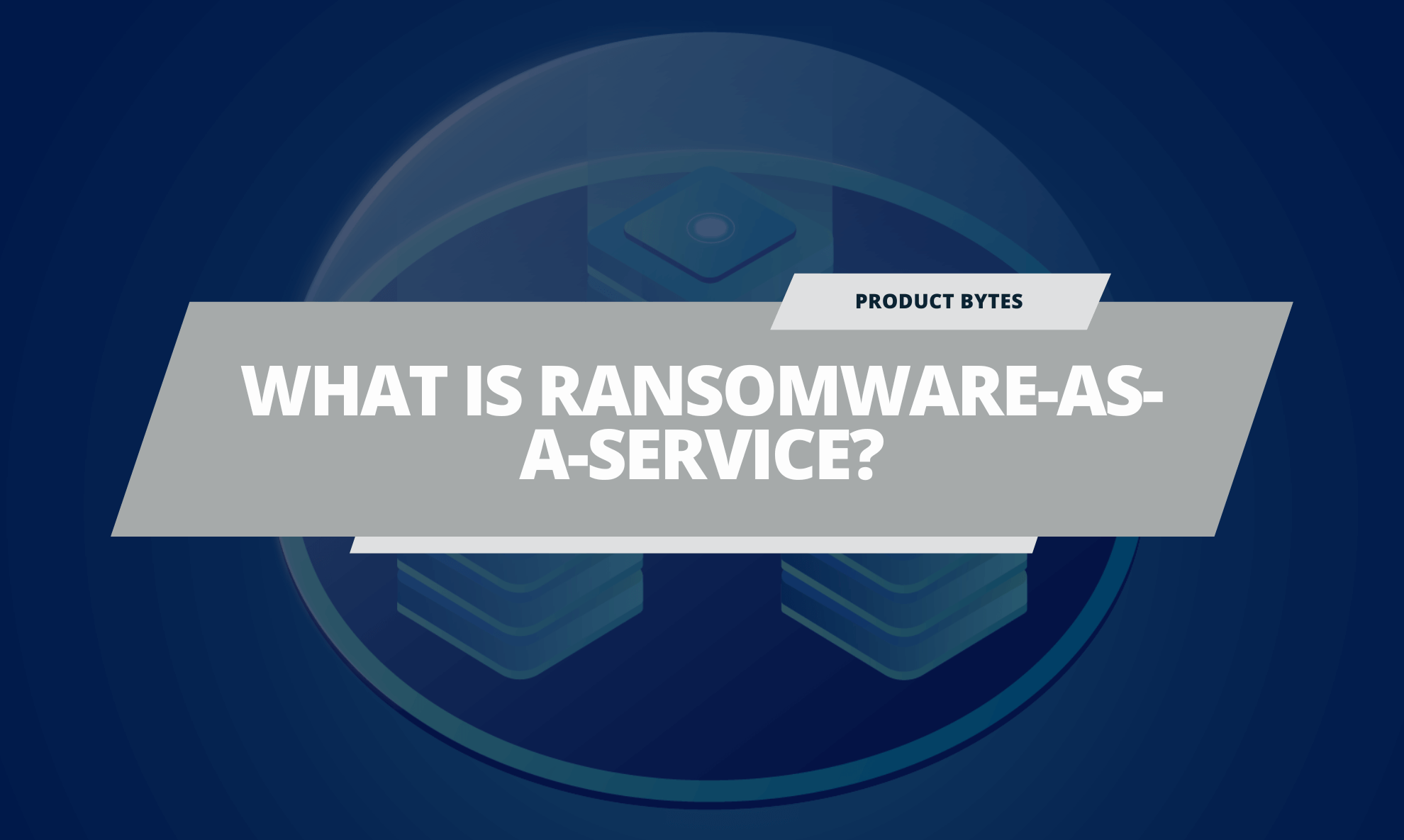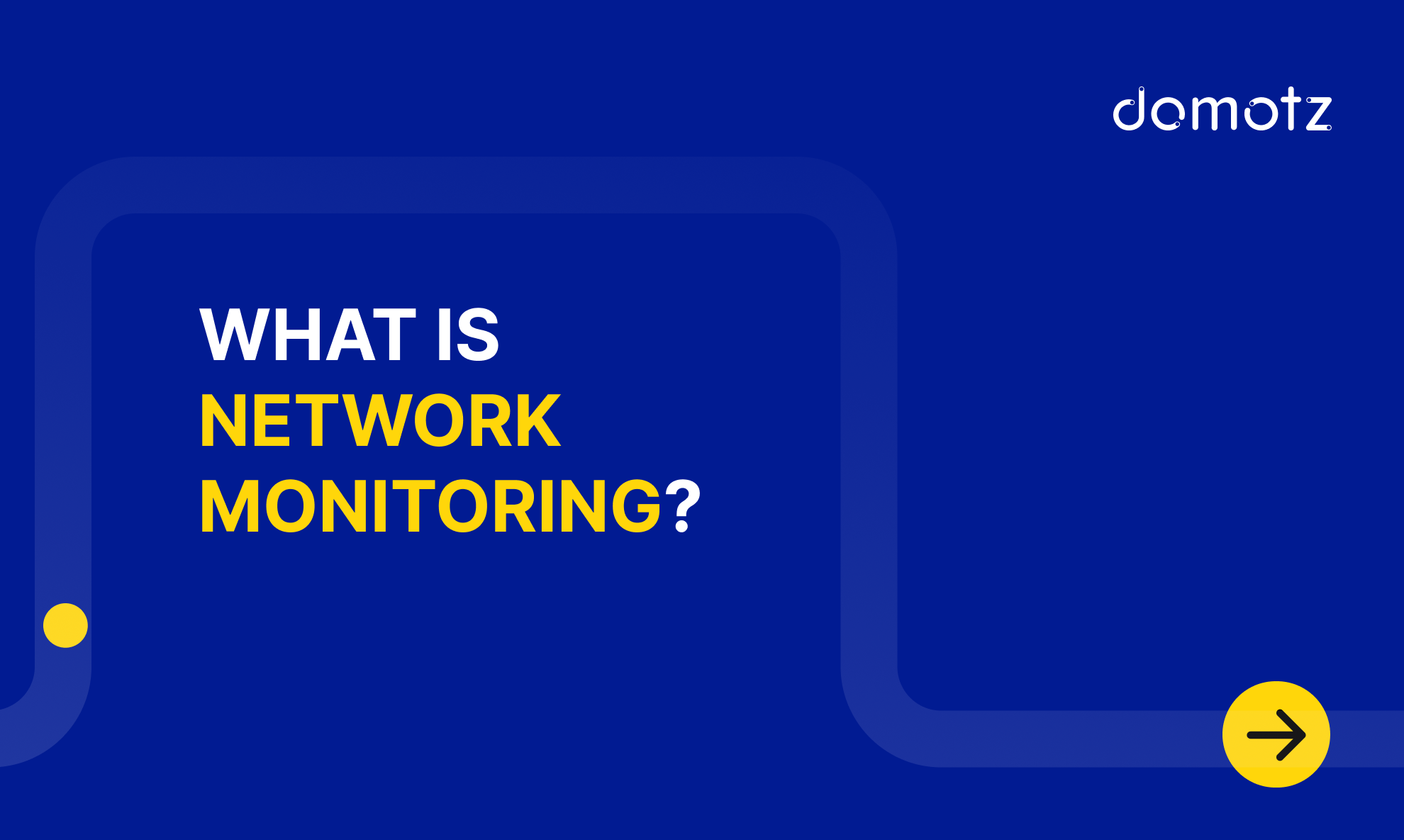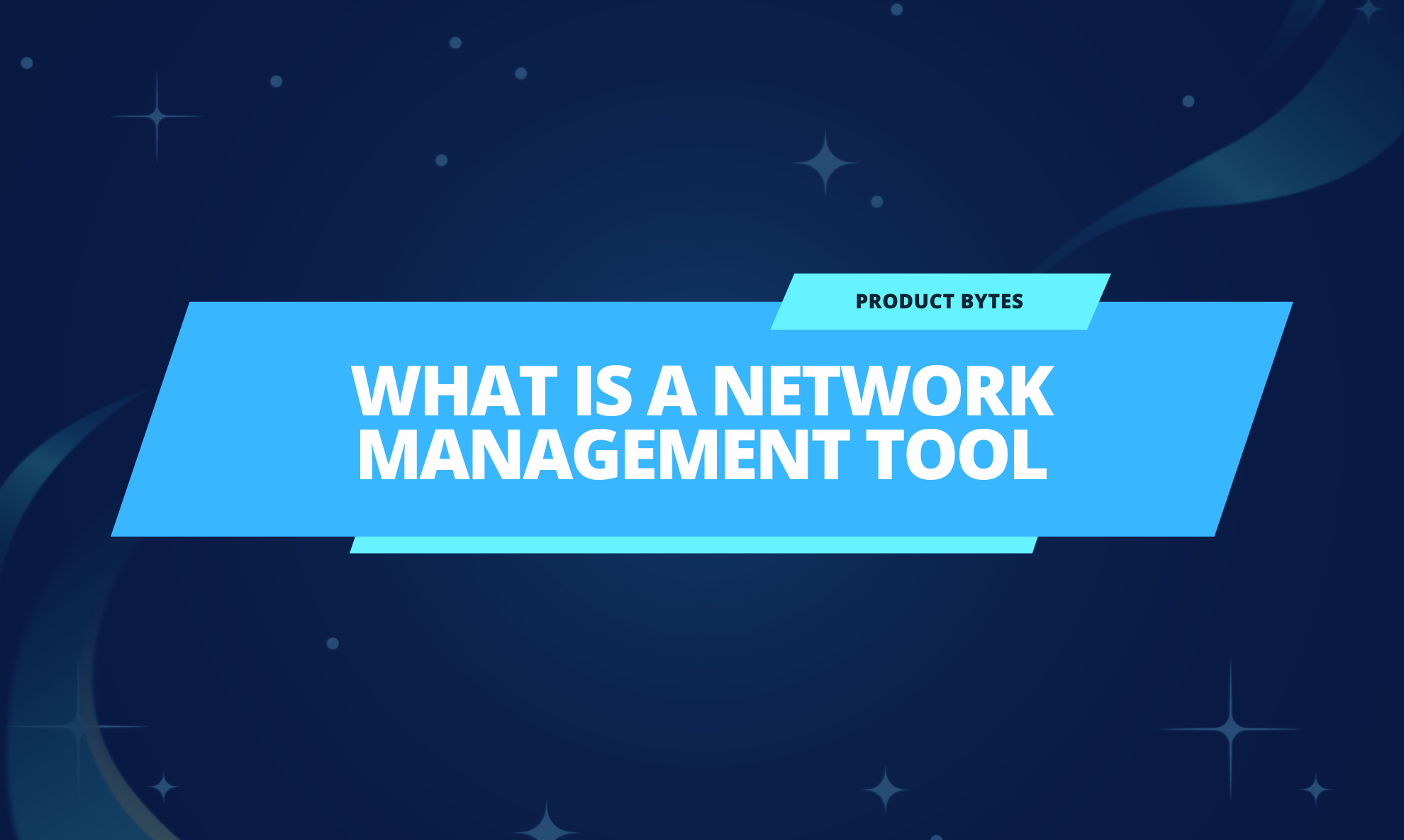Most busy professionals and business owners are well-acquainted with software-as-a-service (SaaS), a form of cloud computing that allows technology providers to deliver vital services, from cybersecurity to collaboration tools. Less well-known, however, is ransomware-as-a-service (RaaS), an illicit business model that allows cybercriminals to share malicious code with other hackers.
So, what do you need to know about RaaS? And how can you protect yourself and your business from future attacks? According to recent stats, 83% of IT and security leaders were targeted by ransomware in 2024. There’s never been a more crucial time to invest in cybersecurity measures.
What is Ransomware as a Service (RaaS)?
Ransomware-as-a-service (RaaS) is a cybercrime business model between criminals using ransomware and affiliates. In exchange for a fee, hackers lacking the time or skills to develop their own malware can benefit from ransomware malware or malicious code developed by other cybercriminals. Many of the most infamous ransomware programs, such as LockBit, spread via RaaS sales, demonstrating the worrying power of the business model.
How the RaaS Model Works
As the name suggests, the RaaS business model works much the same way as SaaS. RaaS developers package and sell their services to other hackers via different revenue models. RaaS services are typically advertised on the dark web, with ransomware developers spending significant sums of money on recruiting new hackers to utilize their malware.
Once hackers have purchased a RaaS service, they’re often supported in carrying out their malicious activities. Highly sophisticated RaaS operators may offer technical assistance, payment processing portals supporting untraceable cryptocurrencies, advice on negotiating with victims, and access to forums where hackers can exchange tips and offer advice.
RaaS services are sold via different models, including:
One-off fee
Some RaaS providers sell ransomware code outright for a one-off fee.
Monthly subscription
Some hackers pay a recurring fee to access ransomware tools, with RaaS developers typically offering a number of subscription tiers. As with SaaS plans, these services can range from basic access to advanced packages containing sophisticated features, including analytics, custom malware, and technical support.
Affiliate programs
Under this model, the hackers deploying the ransomware are known as affiliates who pay a monthly fee for access to the platform. When these affiliates make money from cyberattacks, they pay a small portion of ransom payments to the RaaS developers.
Profit sharing models
Some RaaS developers don’t charge any upfront fees. Rather, they take a significant cut of ransom payments extracted from the victims of their affiliates.
Examples of Ransomware as a Service
It can be helpful to know a few high-profile RaaS platforms if you want to protect yourself from future attacks. Here are some of the most dangerous:
LockBit
LockBit ransomware is one of the most adaptable ransomware strains, infamous for its efficiency and ability to penetrate large organizations across different industries. The RaaS emerged in 2019 and offers a user-friendly experience for hackers with few technical skills. LockBit combines sophisticated encryption with data theft and has been used to extort government agencies, healthcare providers, and other critical service providers in recent years.
Ryuk
Ryuk ransomware is known for targeting large organizations from which hackers can demand large ransom payments. Hackers typically deploy this RaaS in combination with other malicious programs, including TrickBot and Emotet, which are used to gain initial access to critical infrastructure via phishing. Once Ryuk is running, it encrypts files and renders them unusable. Perhaps the most high-profile deployment of Ryuk involved the healthcare provider Universal Health Services (UHS), forcing the company to shut down systems.
Black Basta
Black Basta ransomware emerged in 2022 and has been used to decrypt targets’ data. Hackers who use Black Basta typically threaten to release sensitive information to the public unless victims pay a significant ransom.
How Dangerous Is Ransomware-as-a-Service?
Unfortunately, RaaS has lowered the technical barriers to becoming a cybercriminal. As a result, more hackers are investing in ransomware and carrying out attacks. Beyond increasing the rate of cyberattacks, RaaS platforms provide cybercriminals with a space to share ideas and organize ever more sophisticated attacks. This leaves businesses vulnerable to increasingly advanced malware that traditional cybersecurity measures may struggle to contain. Keeping ahead of burgeoning threats is therefore paramount.
How To Protect Against Ransomware-as-a-Service
The good news is that organizations can protect themselves from RaaS attacks with the right tools and expertise.
Critical measures to prevent exploitation include:
#1 Regularly backing up data
Backing up data will ensure businesses have access to up-to-date resources in the event of an attack.
#2 Keeping cybersecurity systems up to date
Keeping on top of updates and patches will ensure that cybersecurity systems are equipped with the right tools to fend off the latest RaaS threats. Remember – cybercriminals are constantly updating their tactics to infiltrate sensitive systems. The best way to fend off new malware is to strengthen your cybersecurity systems.
#3 Segment critical systems
Segmenting your network infrastructure so critical data is kept separate from less sensitive data could help limit the spread of ransomware and reduce the impact of an attack.
#4 Educate employees
Hackers often infiltrate systems via tactics such as social engineering and phishing, which relies on unsuspecting employees opening suspicious files or clicking on malicious links. The best way to protect against these tactics is to educate employees about potential dangers.
#5 Develop an incident response plan
An incident response plan will help you remain calm in the event of an attack and ensure you take the right steps to mitigate damage to your organization.
Bottom Line
RaaS represents a serious and growing problem within the cybersecurity space. However, organizations shouldn’t panic. By following best practices and keeping cybersecurity tools updated, businesses can significantly mitigate the dangers of RaaS.
Further reading:



